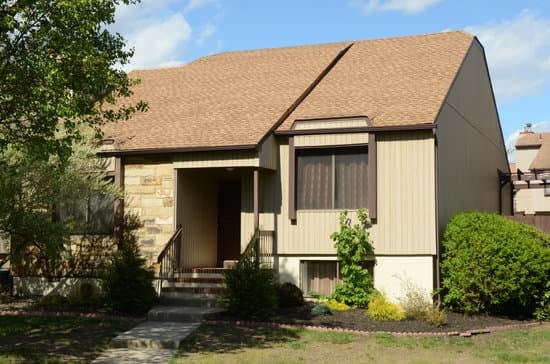The Art Deco movement of the 1920s and 30s was characterized by its emphasis on sleek lines, geometric shapes, and luxurious materials. And one of the most famous examples of this style can be found in the heart of New York City: the Chrysler Building. Designed by architect William Van Alen and completed in 1930, the Chrysler Building is an iconic landmark that embodies the glamour and optimism of the Art Deco era.
Here are some notable features that make the Chrysler Building so unique and memorable:
Its gleaming stainless steel spire, which stands out against the New York skyline with its distinctive triangular windows and sunburst pattern.
The elegant lobby, which showcases Art Deco details like intricate mosaic floors, marble walls, and a ceiling mural of clouds and celestial bodies.
The gargoyles perched on the building’s corners, which were designed to resemble the hubcaps of Chrysler automobiles.
The 77th floor of the building, which was once home to a private observatory and is now used for storage.
The story of its construction, which was fraught with drama and controversy. In the end, the building was completed just in time to claim the title of tallest structure in the world – though it held that title for only eleven months, until the Empire State Building surpassed it in 1931.
Despite its brief reign as the tallest building in the world, the Chrysler Building remains an enduring symbol of the Art Deco movement and a testament to the possibilities of architecture and design.




















